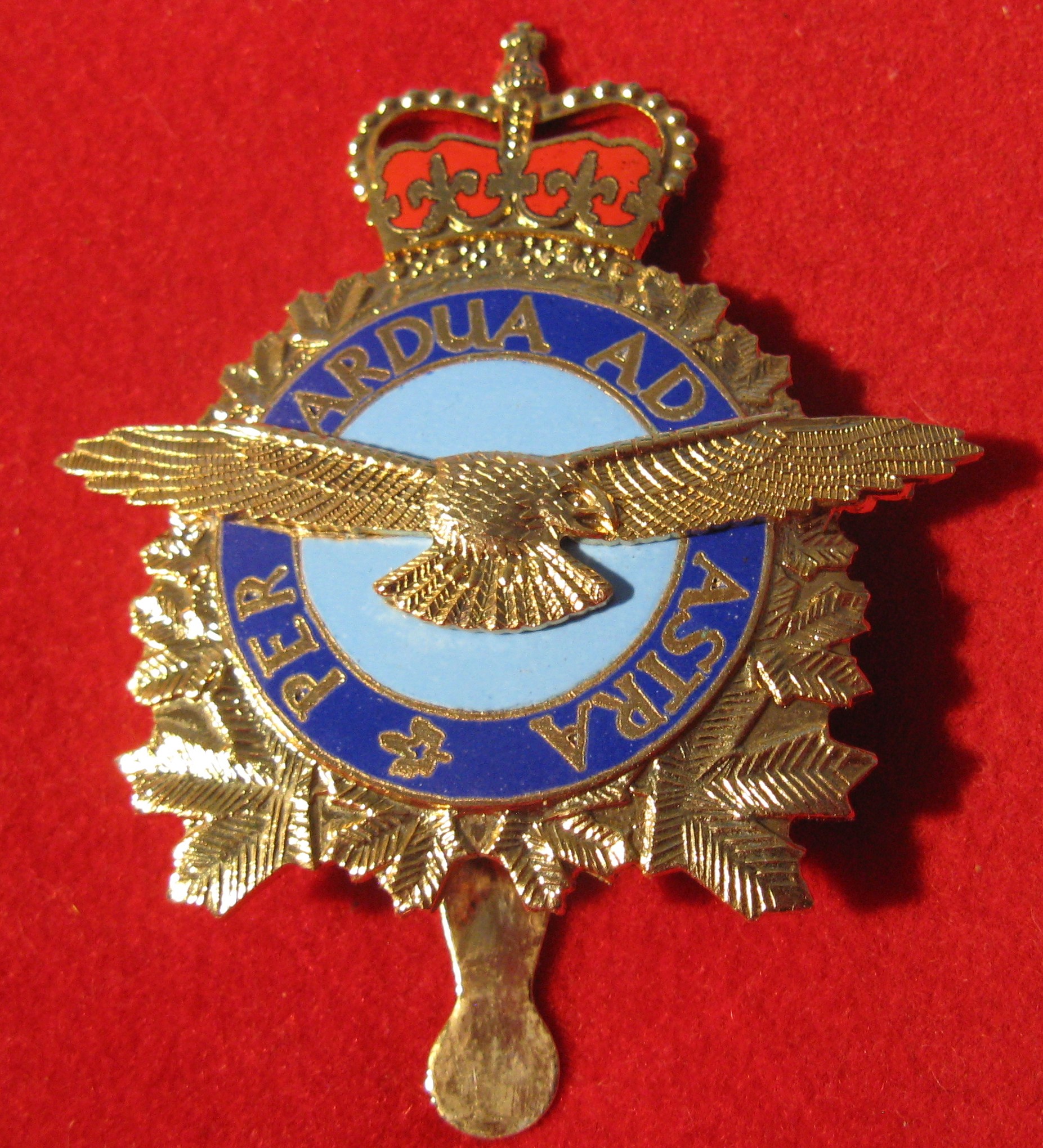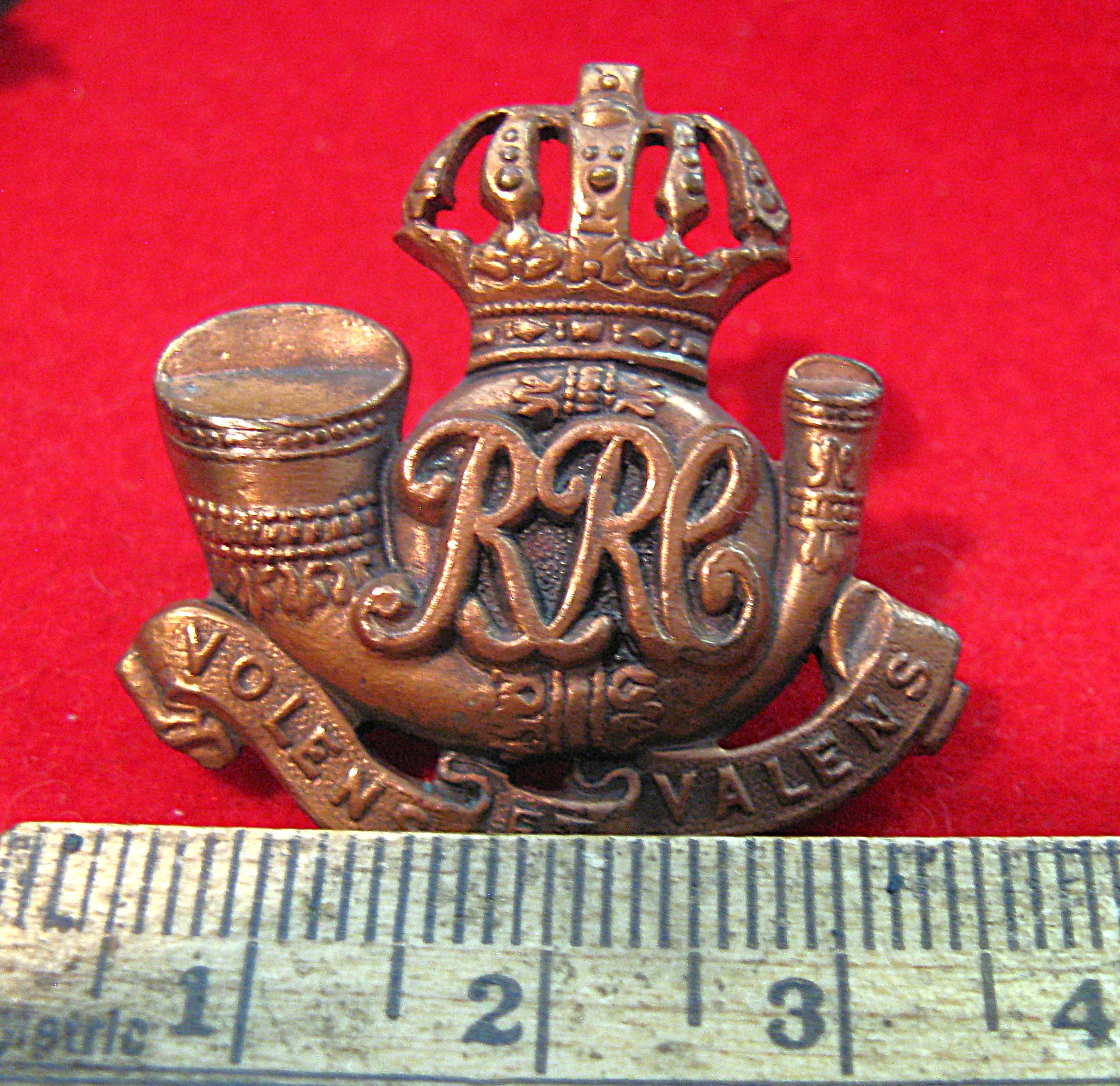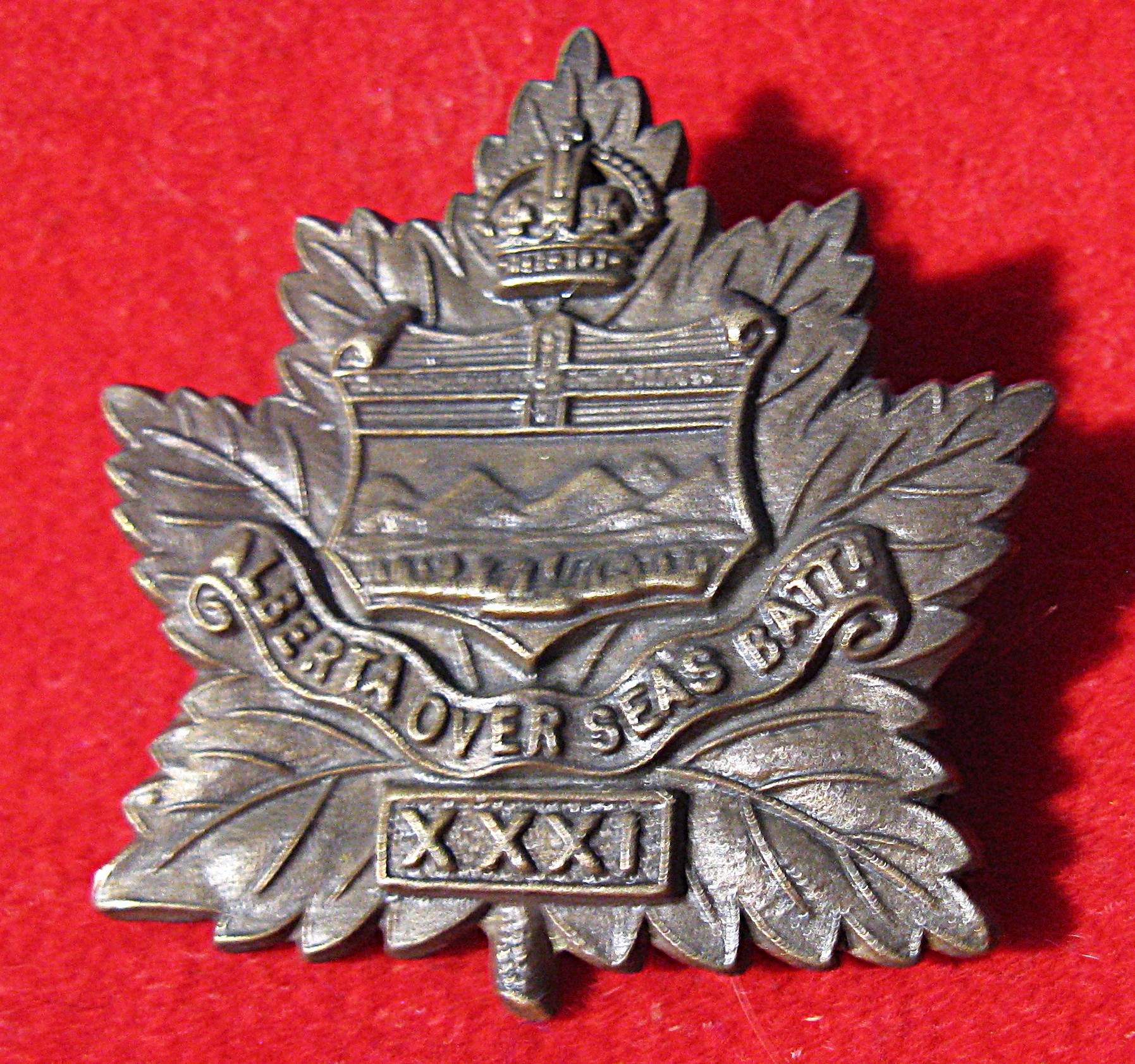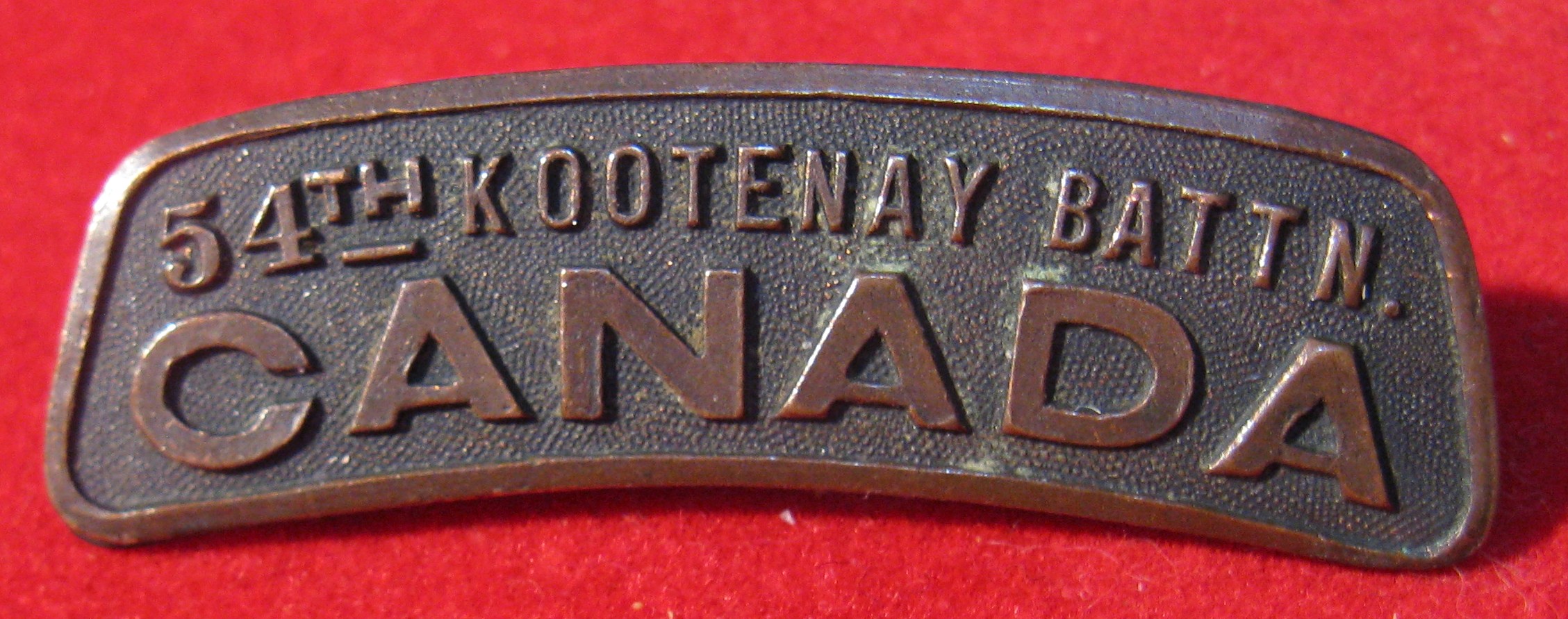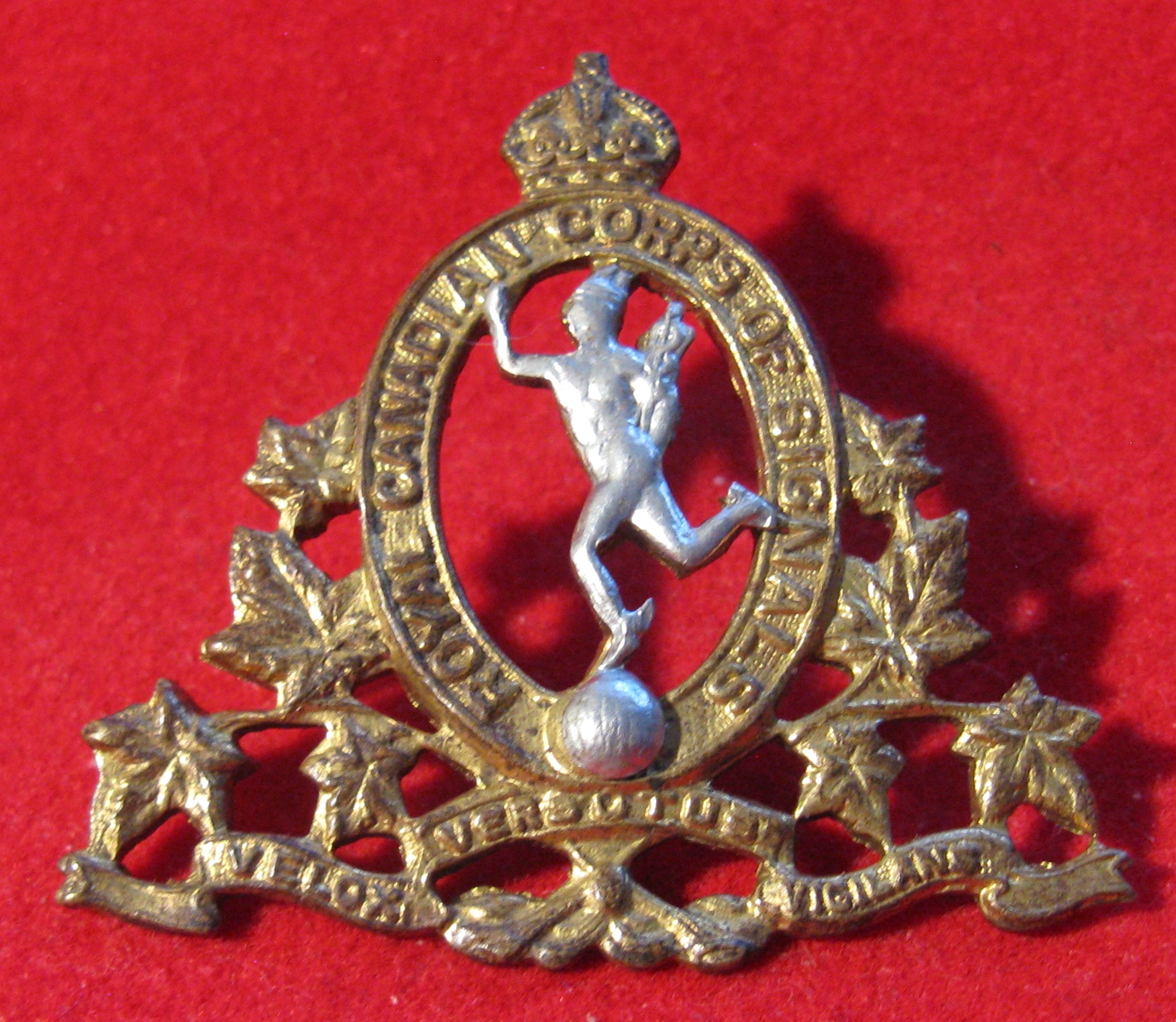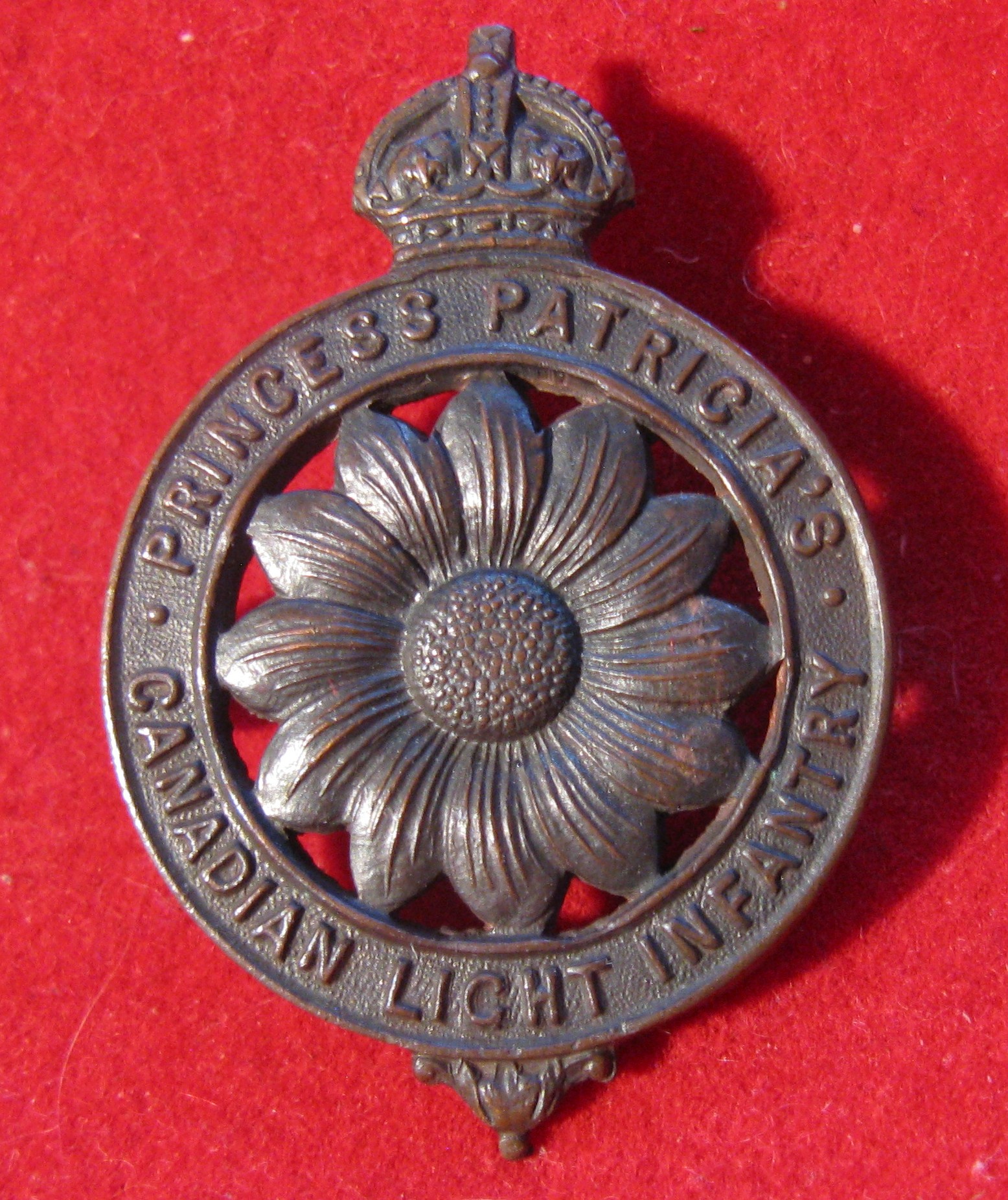WWII 17th/21st Duke of Cambridge Own Lancers
#00002220
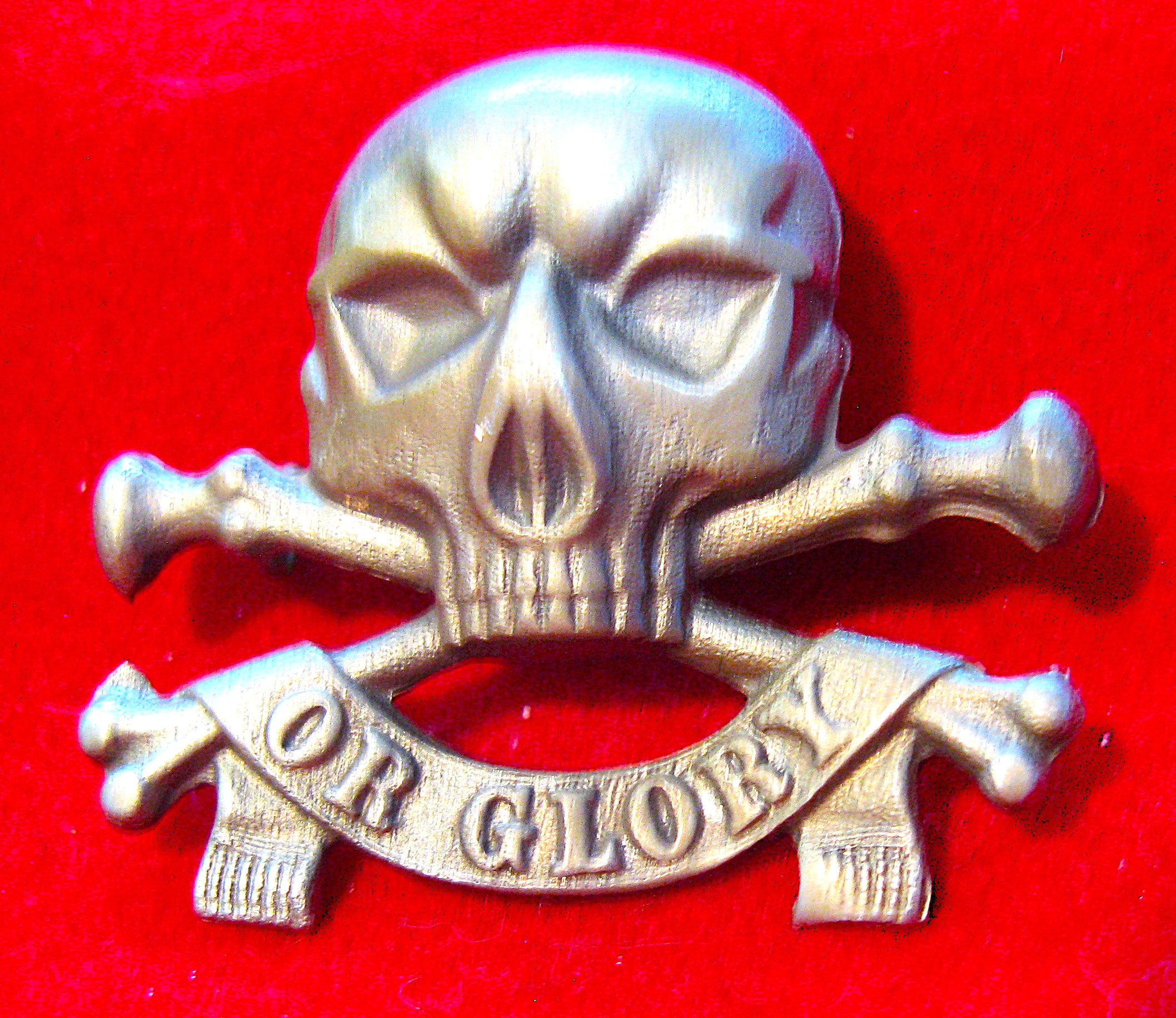
|
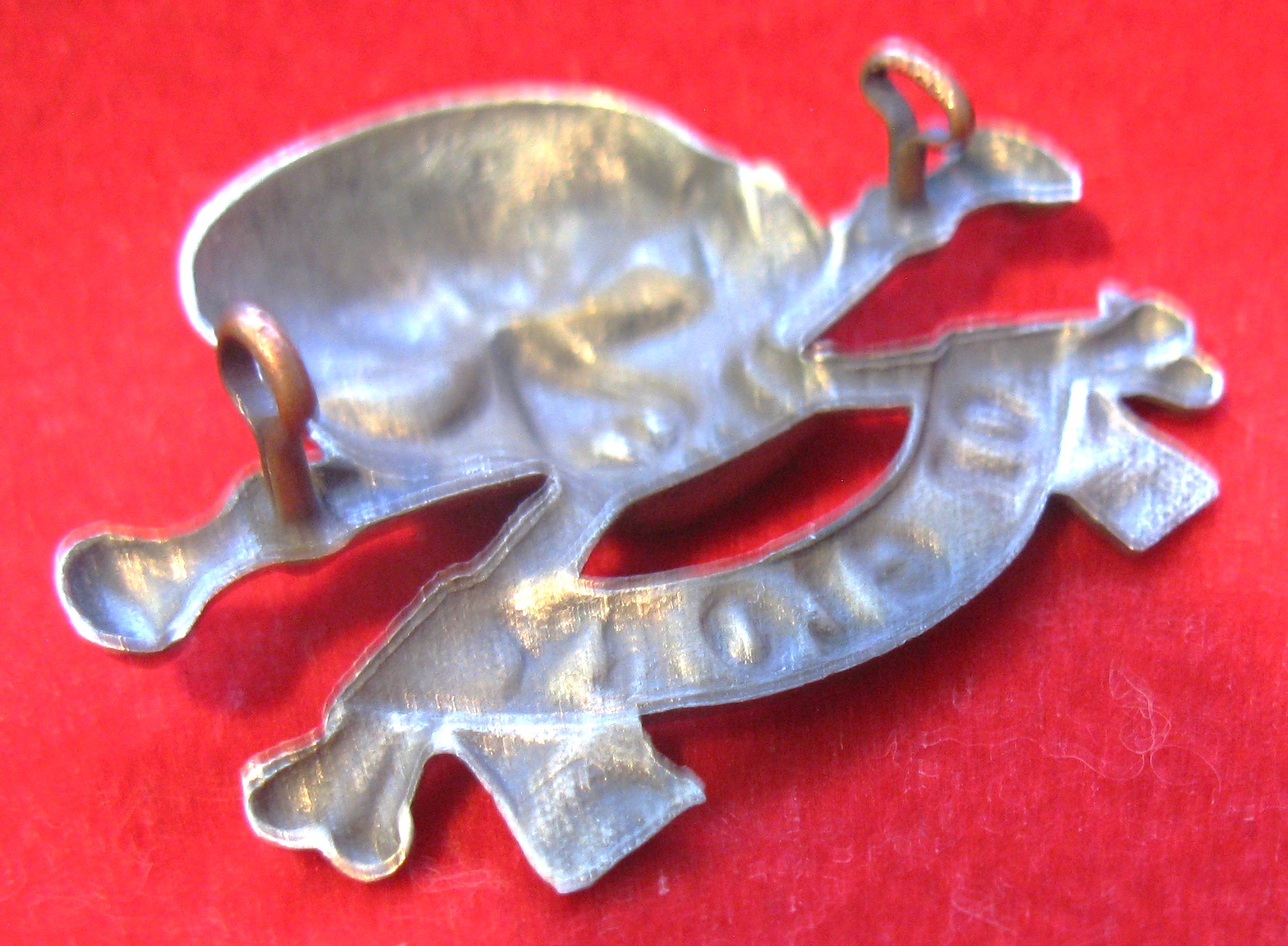
|
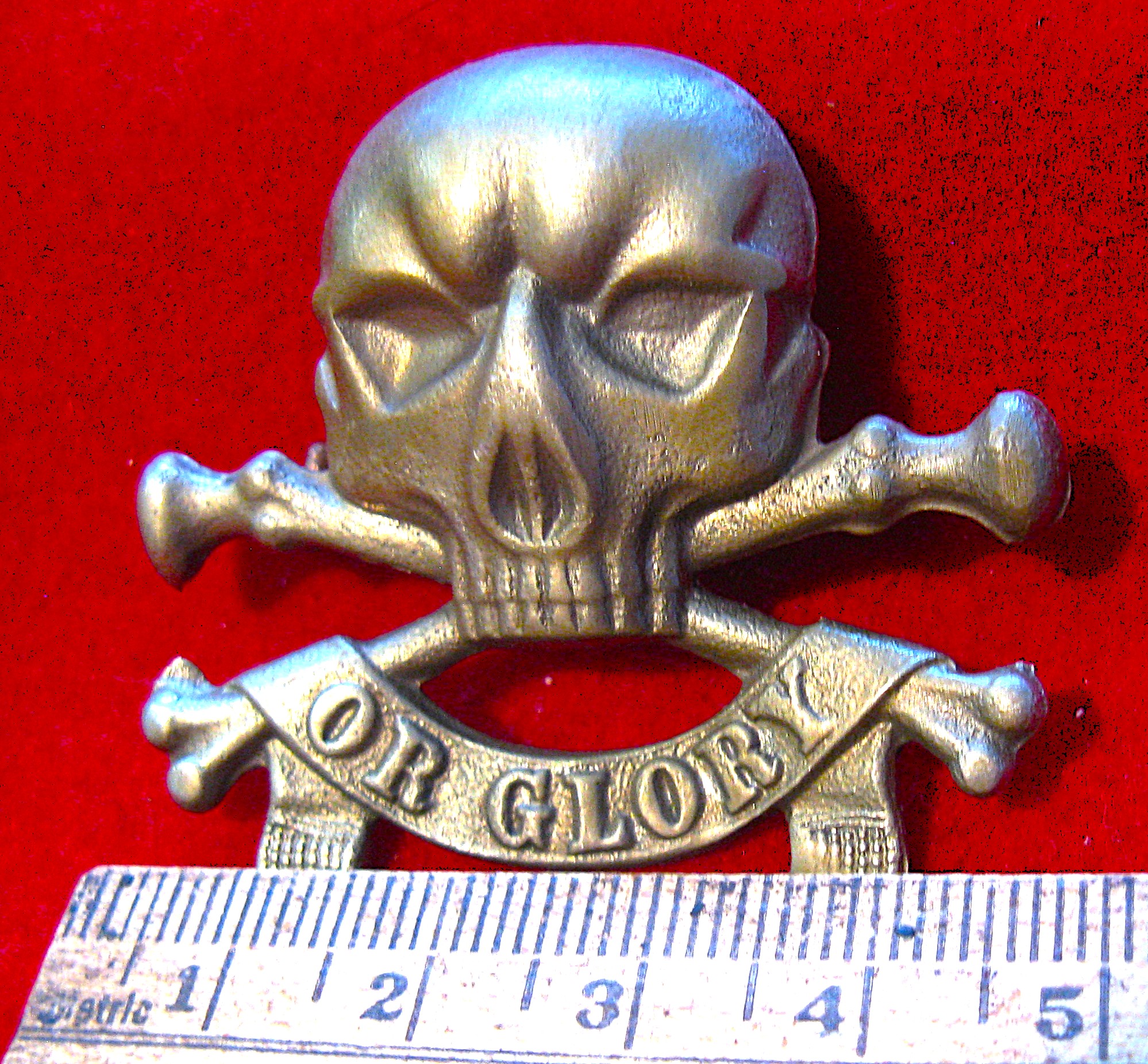
|
Guaranteed 100% authentic.
For payment in Canadian Funds send an E-transfer to my email
at creidm@gmail.com . Please quote the number at the top of the item page when ordering to avoid confusion.
We will also accept PayPal; ...click the link above.
Note that you must assume responsibility for loss in shipping if you decline our tracking / insurance
offer.
On all our products we accept prepaid authorized returns within 14 days of shipping, for full product credit, if you are not pleased. I will happily combine items to save shipping costs if you purchase other items as well.
Some History ...
The 17th/21st Lancers was a cavalry
regiment of the British
Army. It was formed in England by the amalgamation of the 17th
Lancers and the 21st
Lancers in June of 1922 and, after service in the Second
World War, it amalgamated with the 16th/5th
The Queen's Royal Lancers to form the Queen's
Royal Lancers in 1993.
In September of 1939, the
regiment transferred back to the United Kingdom, from where it had been stationed in India, and became part of the 1st
Motor Machine Gun Brigade defending south-east England during the "Blitz". On 12 October 1940, the 1st Motor Machine Gun Brigade became the 26th
Armoured Brigade. On 9 November 1940, the brigade became part of the newly raised 6th
Armoured Division, with which it served for the rest of the war. In November 1942, the division was deployed to Tunisia for Operation
Torch. Now equipped with Valentine
Mk III and Crusader
Mk III tanks, the regiment saw action in the Tunisia
Campaign for some time, taking heavy losses defending Thala in the Battle
of Kasserine Pass in February 1943 during which fourteen tanks were put out of action. Despite
these losses the pass was held and the Germans retreated. After the losses during this battle, the
regiment was withdrawn from the front line. The Valentine tanks they were using were inferior to their German counterparts in both armour and weaponry, consquently, the lancers were refitted
with the more powerful M4A2
Sherman tanks that carried a 75mm main gun. In April, the regiment attempted to take the
Fondouk Pass during which they lost thirty-two tanks. Although this left the regiment with only a handful of tanks, they were re-enforced by the 16th/5th
Lancers, and the pass was taken. The campaign in Tunisia came to an end in May 1943, with the capture of the Cap Bon Peninsula.
They then deployed to the Italian
Front in March 1944, and fought to breach the Gustav
Line, taking part in Operation
Diadem, the fourth and final Battle
of Monte Cassino. The regiment advanced to the Gothic
Line, and spent the winter there?and at some points, serving as infantry, rather than as an
armoured unit, due to the static nature of the trench
warfare there. After the final
breakthrough in April 1945, codenamed Operation
Grapeshot, the regiment ended the war accupying the Axis country of Austria.



